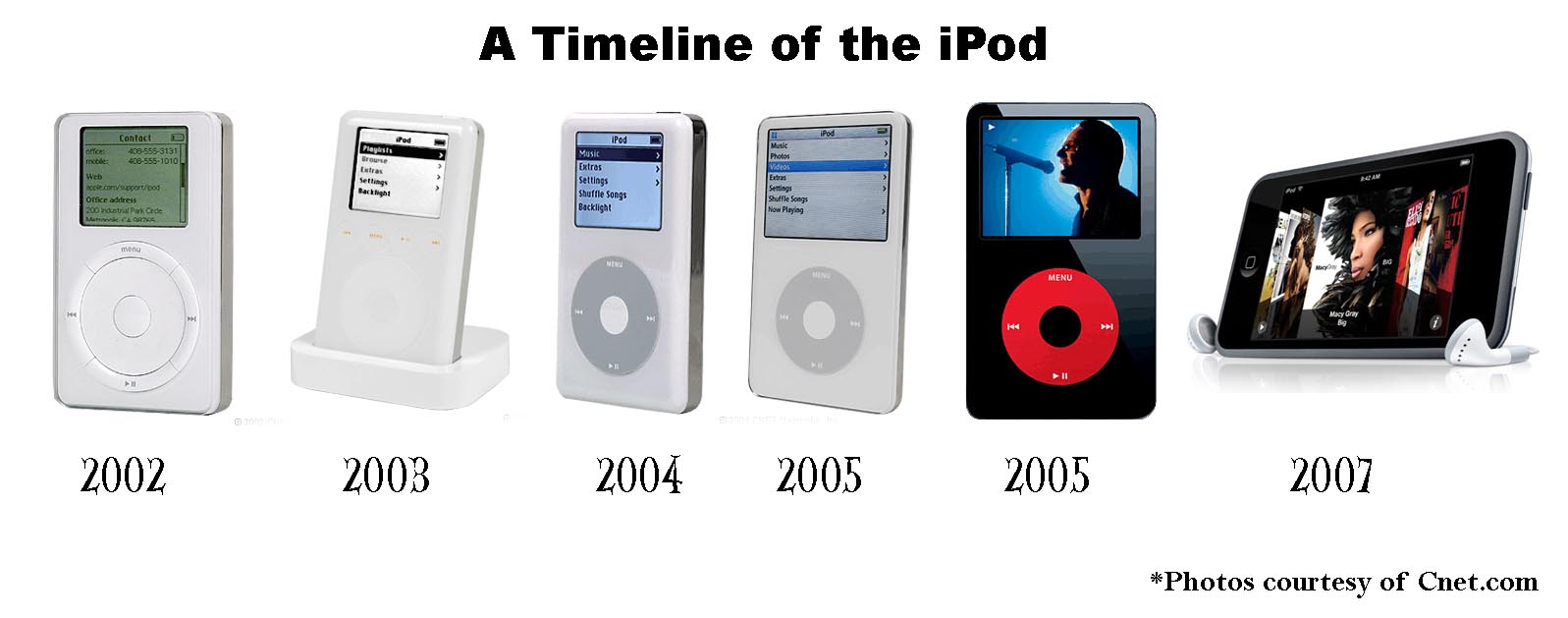It's about CREATING needs, not satiating existing ones.
(Excerpt from my thesis: Thinking Beyond Web 2.0: Leveraging the Dynamics of Generation-Y to Build Business)
According to Seth Godin, a best-selling author of business books and a famous marketing consultant, ten years ago the third most popular website on the Internet was Jennicam, a site that allowed voyeurs to watch a young girl frolic in her bedroom (Permission Marketing, 1999). Internet surfers were intrigued by the mystique and realness of watching a young girl share her secrets with the world.
...Sound familiar? ....Remember Lonelygirl15? Flash forward approximately 10 years from Jennicam and you are introduced to Youtube.com's Lonelygirl15 aka Jessica Lee Rose, a 19 year-old entrepreneur who used Jennicam's strategy to garner attention and propel herself to Internet stardom. In fact, Forbes Magazine made her #1 on 2007's "The Web Celeb 25" list, a ranking of the Internet's most influential people (Forbes.com). If we flash forward another 10 years, I doubt the masses will still be talking about the novelty of Lonelygirl15. Instead, we may be intrigued by yet another young girl who is sharing her "secrets" to the masses.
Human beings are hungry creatures, who constantly search for sweeter sources to satisfy their appetite. But once our cravings are satiated ...are our needs? In Web 2.0 and beyond, the goal for any marketer or company is to connect the dots of Web 2.0's infrastructure and CREATE a sustainable consumer base. This is accomplished by CREATING consumer needs, NOT satiating existing ones.
For example, did the world really need another cell phone, when Apple's iPhone was launched? With hundreds of available cellphones on the market, one can argue no. But Apple created a need ---the need to CONNECT more efficiently. The iPhone allows us to share our pictures, watch movies and most importantly CONNECT through chatting, texting, phone calls and sharing a passion for Apple's brand --one that has developed a loyal following (myself included) through years of strategic brand development.
For years, Apple has strategically created devices and applications that CONNECT consumers to each other, an underlying building block to Web 2.0's success. The more we as consumers are connected or feel the need to be connected, the more we "need" a new product or device.
It's similar to bees and honey. If you chase after the bees, they quickly fly away. The goal for any marketer or business in Web 2.0 and beyond is to become the honey, but only in small doses. To stay with Apple, look how dramatically the iPod has changed in 6 short years.
The first generation of the iPod made consumers desire the product. The honey was created. Each additional feature, including the use of color, addition of movies and a touch screen, was incrementally added to the existing product. Apple was CREATING needs each year for the existing consumer base, or introducing incremental amounts of "honey" to the bees. ...Now, don't you think they will use a similar strategy with the iPhone?
If you give bees too much honey, they get stuck. The failure of Jennicam and Lonelygirl15 to remain a sustainable presence in our society, illustrates what can happen when consumers or "bees" are given too much honey. If marketers and companies, like Apple, introduce incremental amounts of honey to their existing consumer base, they will remain sustainable entities for today and beyond Web 2.0." --Excerpt from Sean P. Tiner, USC Master's in Communication Management Candidate, December '08
According to Seth Godin, a best-selling author of business books and a famous marketing consultant, ten years ago the third most popular website on the Internet was Jennicam, a site that allowed voyeurs to watch a young girl frolic in her bedroom (Permission Marketing, 1999). Internet surfers were intrigued by the mystique and realness of watching a young girl share her secrets with the world.
...Sound familiar? ....Remember Lonelygirl15? Flash forward approximately 10 years from Jennicam and you are introduced to Youtube.com's Lonelygirl15 aka Jessica Lee Rose, a 19 year-old entrepreneur who used Jennicam's strategy to garner attention and propel herself to Internet stardom. In fact, Forbes Magazine made her #1 on 2007's "The Web Celeb 25" list, a ranking of the Internet's most influential people (Forbes.com). If we flash forward another 10 years, I doubt the masses will still be talking about the novelty of Lonelygirl15. Instead, we may be intrigued by yet another young girl who is sharing her "secrets" to the masses.
Human beings are hungry creatures, who constantly search for sweeter sources to satisfy their appetite. But once our cravings are satiated ...are our needs? In Web 2.0 and beyond, the goal for any marketer or company is to connect the dots of Web 2.0's infrastructure and CREATE a sustainable consumer base. This is accomplished by CREATING consumer needs, NOT satiating existing ones.
For example, did the world really need another cell phone, when Apple's iPhone was launched? With hundreds of available cellphones on the market, one can argue no. But Apple created a need ---the need to CONNECT more efficiently. The iPhone allows us to share our pictures, watch movies and most importantly CONNECT through chatting, texting, phone calls and sharing a passion for Apple's brand --one that has developed a loyal following (myself included) through years of strategic brand development.
For years, Apple has strategically created devices and applications that CONNECT consumers to each other, an underlying building block to Web 2.0's success. The more we as consumers are connected or feel the need to be connected, the more we "need" a new product or device.
It's similar to bees and honey. If you chase after the bees, they quickly fly away. The goal for any marketer or business in Web 2.0 and beyond is to become the honey, but only in small doses. To stay with Apple, look how dramatically the iPod has changed in 6 short years.
The first generation of the iPod made consumers desire the product. The honey was created. Each additional feature, including the use of color, addition of movies and a touch screen, was incrementally added to the existing product. Apple was CREATING needs each year for the existing consumer base, or introducing incremental amounts of "honey" to the bees. ...Now, don't you think they will use a similar strategy with the iPhone?
If you give bees too much honey, they get stuck. The failure of Jennicam and Lonelygirl15 to remain a sustainable presence in our society, illustrates what can happen when consumers or "bees" are given too much honey. If marketers and companies, like Apple, introduce incremental amounts of honey to their existing consumer base, they will remain sustainable entities for today and beyond Web 2.0." --Excerpt from Sean P. Tiner, USC Master's in Communication Management Candidate, December '08


Comments